What is a giclee print vs art print – In the realm of art reproduction, two prominent techniques stand out: giclée prints and art prints. While both offer high-quality results, they differ in their processes, applications, and value. Embark on a journey to unravel the intricacies of these printing methods and discover their unique advantages and limitations.
Giclée prints, renowned for their exceptional color accuracy and longevity, are created using a sophisticated inkjet printing process. Art prints, on the other hand, encompass a broader range of techniques, including lithography, etching, and screen printing, each with its own distinct characteristics and aesthetic qualities.
Definition of Giclee Print
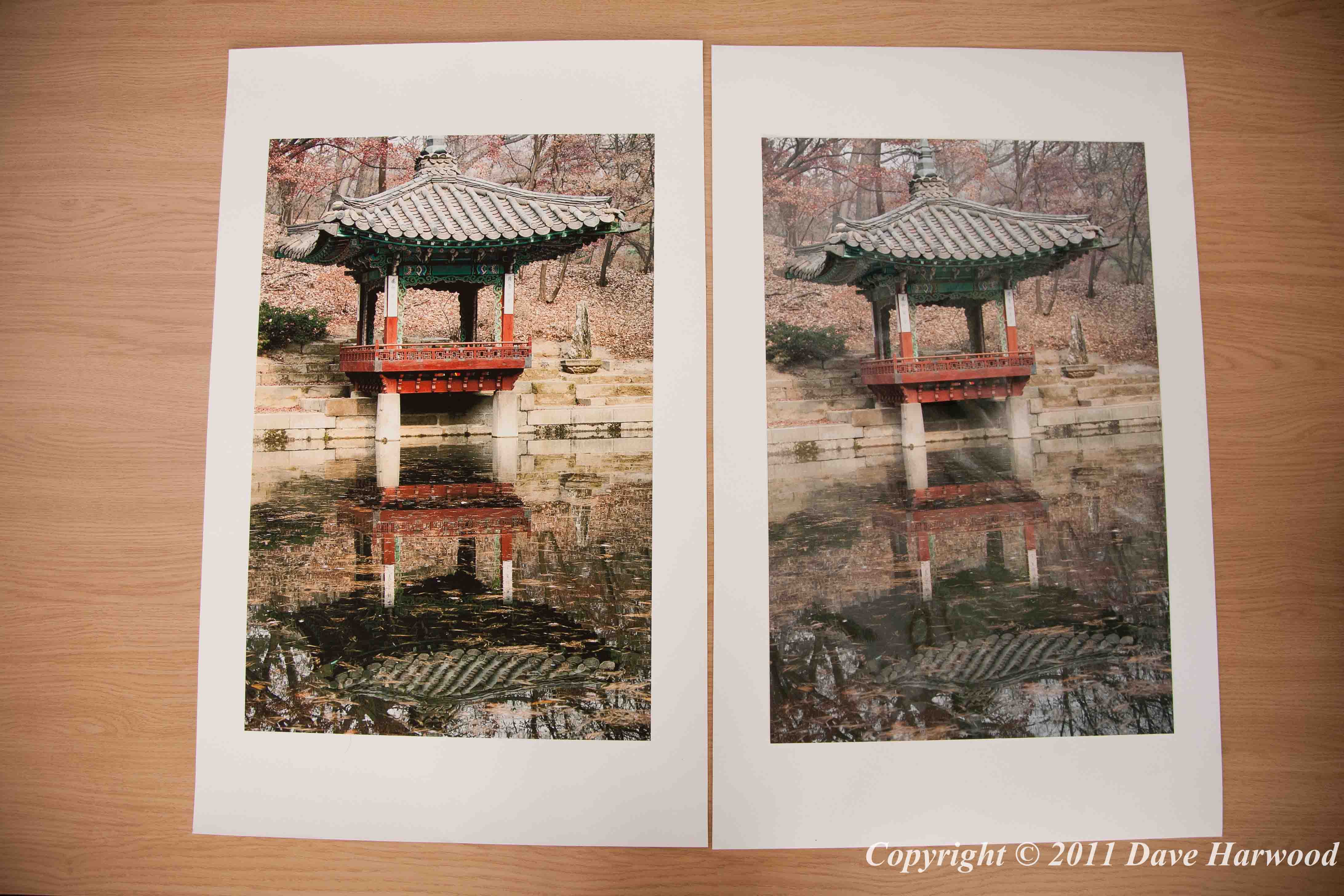
Giclee (pronounced “zhee-clay”) is a high-quality digital printing process that produces fine art prints from a digital image.
The term “giclee” is derived from the French word “gicler,” meaning “to spray.” Giclee prints are created using a specialized inkjet printer that sprays tiny droplets of ink onto high-quality paper or canvas.
Printing Process
The giclee printing process typically involves the following steps:
- The digital image is prepared and color-corrected.
- The image is sent to a specialized inkjet printer.
- The printer sprays tiny droplets of ink onto the paper or canvas.
- The print is allowed to dry.
- The print may be varnished or framed to protect it.
Definition of Art Print
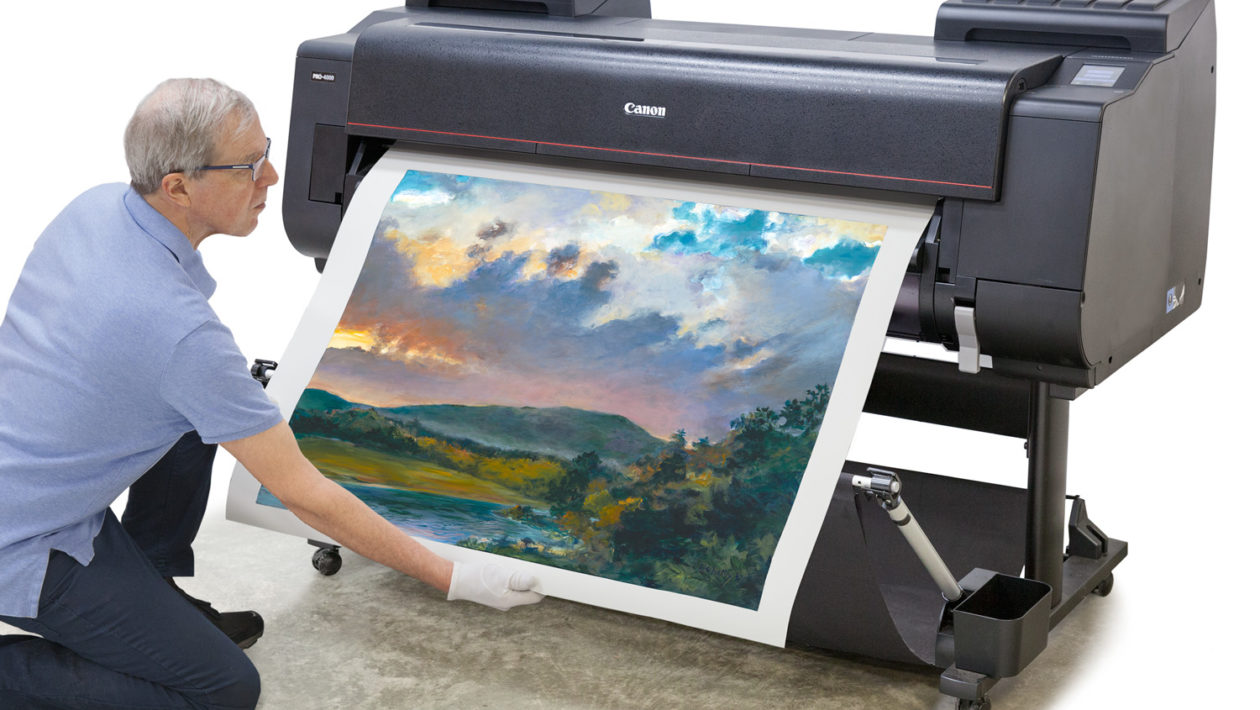
An art print is a reproduction of an original work of art, typically created using a printing press. Art prints can be created using various techniques, including lithography, etching, and serigraphy.
Lithographs
Lithographs are a type of art print created using a flat stone or metal plate. The image is drawn onto the stone or plate using a greasy crayon, and then the surface is treated with water. The water will only adhere to the non-greasy areas of the stone or plate, so when ink is applied, it will only stick to the greasy areas, creating the image.
Etchings
Etchings are a type of art print created using a metal plate. The image is drawn onto the plate using a sharp tool, which scratches the surface of the metal. The plate is then submerged in an acid bath, which etches the scratched areas, creating the image.
Serigraphs
Serigraphs are a type of art print created using a silk screen. The image is drawn onto a silk screen, and then the screen is placed over a piece of paper or other material. Ink is then forced through the screen, creating the image.
Comparison of Printing Methods

Giclee prints and art prints are both high-quality prints, but they are created using different printing methods. Giclee prints are created using a high-resolution inkjet printer, while art prints are created using a traditional offset printing press.
Giclee prints are typically more expensive than art prints, but they offer a number of advantages. First, giclee prints have a wider color gamut than art prints, which means they can reproduce more subtle colors and details. Second, giclee prints are more resistant to fading and UV damage than art prints.
Finally, giclee prints can be printed on a variety of materials, including canvas, paper, and metal.
Art prints, on the other hand, are less expensive than giclee prints, and they can be produced in larger quantities. However, art prints have a narrower color gamut than giclee prints, and they are more susceptible to fading and UV damage.
Additionally, art prints can only be printed on paper.
Advantages of Giclee Prints
- Wider color gamut
- More resistant to fading and UV damage
- Can be printed on a variety of materials
Disadvantages of Giclee Prints
- More expensive than art prints
- Cannot be produced in as large quantities as art prints
Advantages of Art Prints
- Less expensive than giclee prints
- Can be produced in larger quantities than giclee prints
Disadvantages of Art Prints
- Narrower color gamut
- More susceptible to fading and UV damage
- Can only be printed on paper
– Paper and Ink Quality
Paper and ink are two of the most important factors that determine the quality of a giclee or art print. The right combination of paper and ink can produce a print that is both beautiful and durable. Here is a brief overview of the different types of paper and ink used for giclee and art prints:
– Paper
The type of paper used for a giclee or art print can have a significant impact on the final print. The following are some of the most common types of paper used for these prints:
- Fine art paper:Fine art paper is a high-quality paper that is made from 100% cotton fibers. It is acid-free and lignin-free, which means that it will not yellow or deteriorate over time. Fine art paper is the best choice for giclee prints because it produces the most accurate color reproduction and the highest level of detail.
- Canvas:Canvas is a durable fabric that is often used for art prints. It is a good choice for prints that will be framed or displayed in a high-traffic area. Canvas prints have a more textured surface than fine art paper prints, which can give them a more painterly look.
- Photo paper:Photo paper is a glossy paper that is designed for printing photographs. It is not as durable as fine art paper or canvas, but it can produce very vibrant colors. Photo paper is a good choice for prints that will be displayed in a low-traffic area.
The weight and thickness of the paper can also affect the final print. Heavier paper is more durable and can produce a more luxurious feel. Thicker paper can also help to prevent the print from curling or buckling.
The surface texture and finish of the paper can also affect the final print. A smooth surface will produce a more detailed print, while a textured surface will produce a more painterly look.
The color reproduction and archival quality of the paper are also important factors to consider. Fine art paper is the best choice for color reproduction, while canvas and photo paper can produce more vibrant colors. Archival quality paper will not yellow or deteriorate over time, which is important for prints that will be displayed for a long period of time.
– Ink
The type of ink used for a giclee or art print can also have a significant impact on the final print. The following are the two most common types of ink used for these prints:
- Pigmented inks:Pigmented inks are made from tiny particles of pigment that are suspended in a liquid. They are more durable than dye-based inks and are less likely to fade over time. Pigmented inks are the best choice for giclee prints because they produce the most accurate color reproduction and the highest level of detail.
- Dye-based inks:Dye-based inks are made from dyes that are dissolved in a liquid. They are less durable than pigmented inks and are more likely to fade over time. Dye-based inks are a good choice for art prints that will be displayed in a low-traffic area.
The color accuracy and vibrancy of the ink are also important factors to consider. Pigmented inks produce more accurate colors than dye-based inks, while dye-based inks can produce more vibrant colors.
The print longevity and resistance to fading are also important factors to consider. Pigmented inks are more durable than dye-based inks and are less likely to fade over time. This is important for prints that will be displayed in a high-traffic area or in direct sunlight.
The compatibility of the ink with different paper types is also important to consider. Not all inks are compatible with all types of paper. It is important to choose an ink that is compatible with the paper that you are using.
Color Accuracy and Longevity
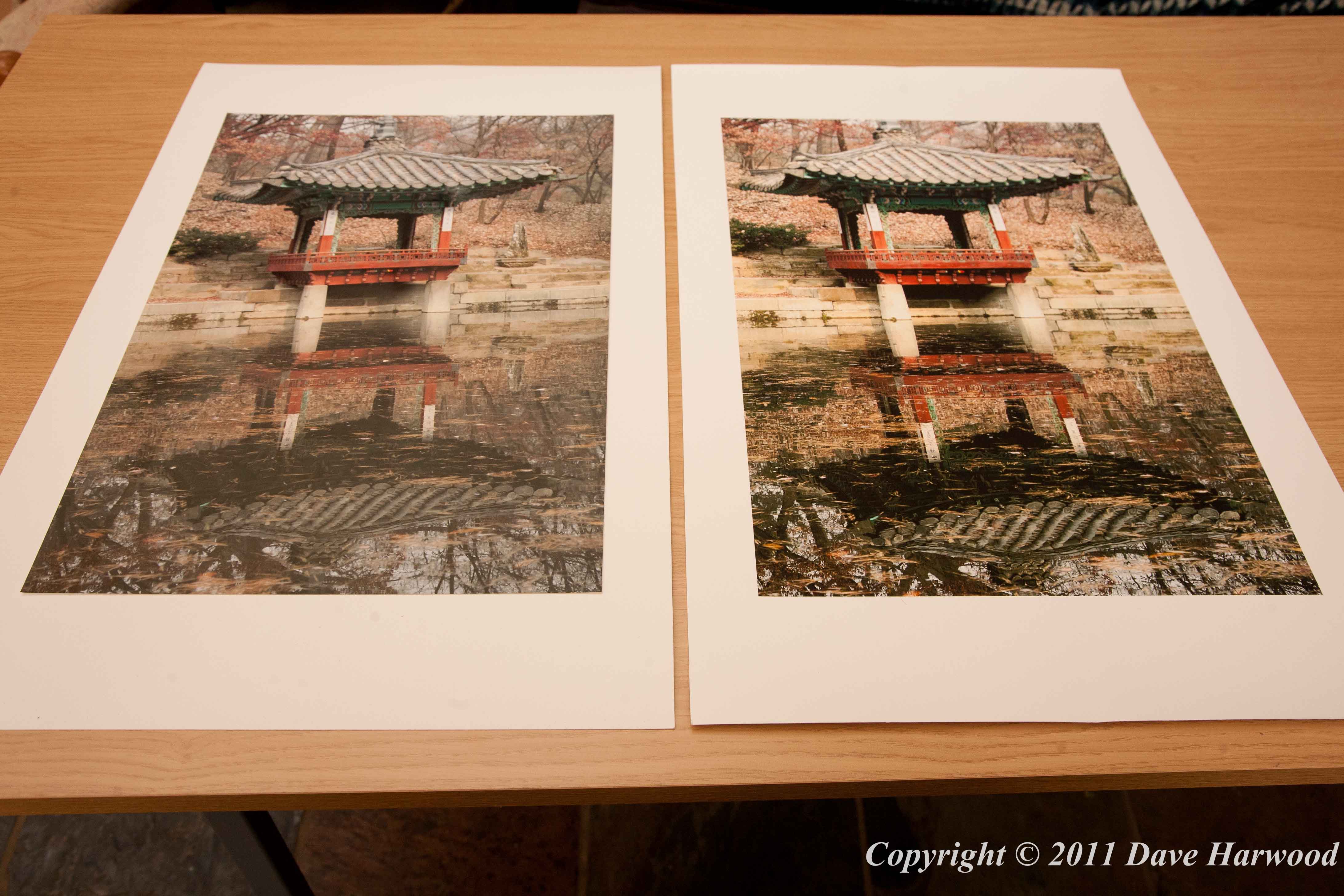
Color accuracy and longevity are important factors to consider when choosing between giclee prints and art prints. Giclee prints are known for their superior color accuracy, while art prints may have a shorter lifespan.
The color accuracy of a print is determined by several factors, including the quality of the ink and paper used, as well as the printing process itself. Giclee prints are typically printed using high-quality inks and papers, which results in a more accurate reproduction of the original artwork.
Art prints, on the other hand, may be printed using lower-quality materials, which can result in a less accurate reproduction of the original artwork.
Longevity
The longevity of a print is determined by several factors, including the quality of the ink and paper used, as well as the printing process itself. Giclee prints are typically printed using high-quality inks and papers, which results in a longer lifespan than art prints.
Art prints, on the other hand, may be printed using lower-quality materials, which can result in a shorter lifespan.
Value and Resale: What Is A Giclee Print Vs Art Print
Giclee prints and art prints can hold significant value and resale potential, although the value can vary depending on several factors.
Edition Size
Limited edition prints, with a smaller number of prints produced, tend to be more valuable than open edition prints, which have no limit on the number of prints produced.
Paper Quality
The quality of the paper used for the print can affect its value. Archival-quality paper, which is acid-free and resistant to fading and yellowing, is more valuable than standard paper.
Artist Reputation
The reputation and recognition of the artist who created the print can significantly impact its value. Prints by well-known and established artists are generally more valuable than those by lesser-known artists.
Market Demand
The demand for a particular print can also affect its value. Prints that are in high demand, either due to their rarity or popularity, tend to be more valuable than those that are less in demand.
Examples of Valuable Giclee Prints and Art Prints
Some notable examples of valuable giclee prints and art prints include:
- “The Starry Night” by Vincent van Gogh
- “Mona Lisa” by Leonardo da Vinci
- “Guernica” by Pablo Picasso
These prints have achieved high value due to their historical significance, artistic merit, and limited availability.
Importance of Proper Storage and Handling
Proper storage and handling are crucial for maintaining the value of a print. Prints should be stored in a cool, dry place away from direct sunlight and moisture. They should also be handled with care to avoid damage.
Applications and Uses
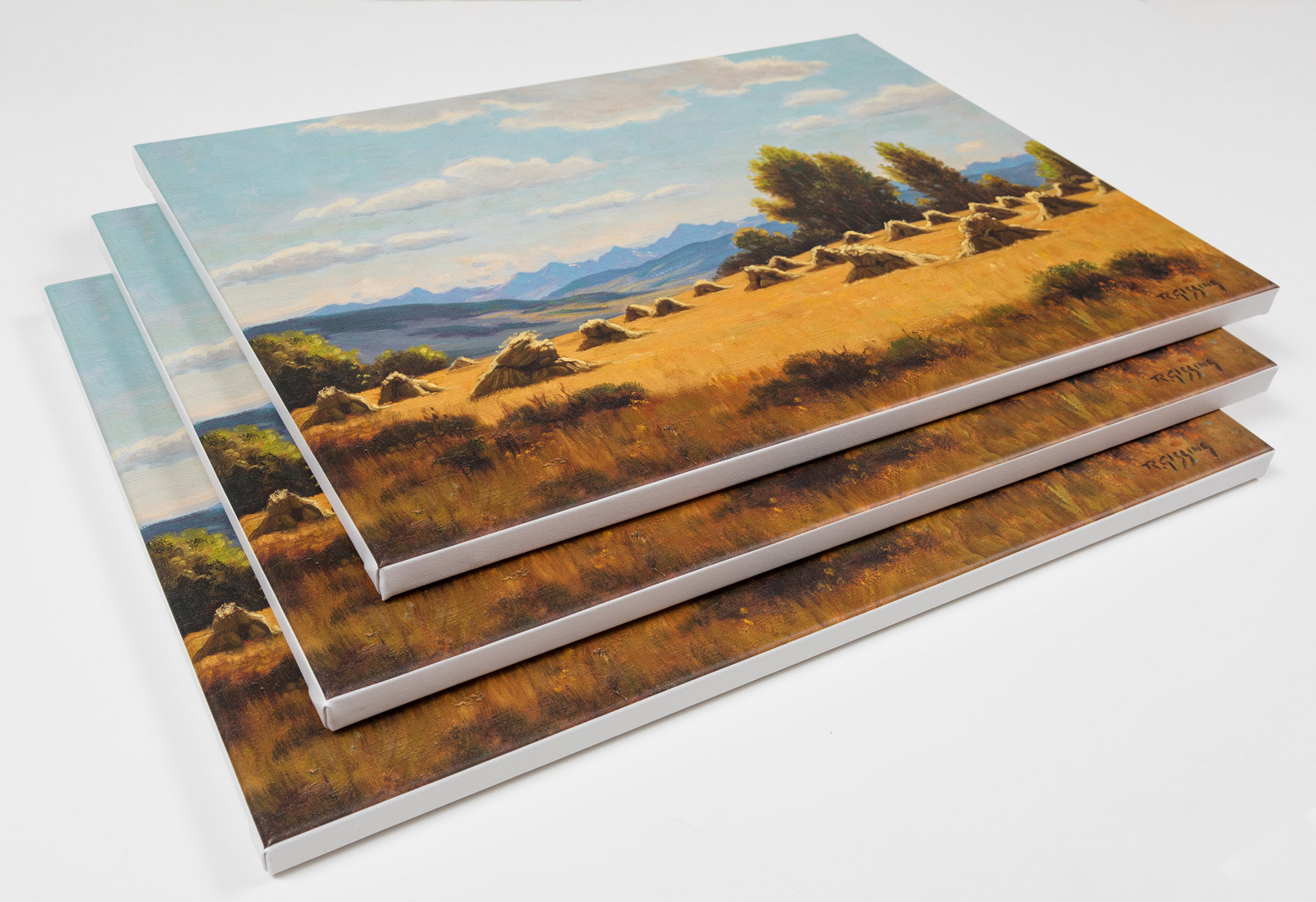
Giclee prints and art prints have distinct applications and uses due to their different characteristics and target audiences. Both types of prints offer unique advantages depending on the specific needs and preferences of the user.
Giclee prints are highly valued for their exceptional quality, longevity, and accurate color reproduction. They are often used in fine art galleries, museums, and by collectors who seek archival-quality prints that can retain their original appearance for decades.
Art Prints
Art prints, on the other hand, are more commonly used for decorative purposes in homes, offices, and public spaces. They are often produced in larger quantities and may feature a wider range of subjects, including popular art, photography, and graphic designs.
Art prints offer an affordable way to add color, style, and personality to any space.
Environmental Considerations
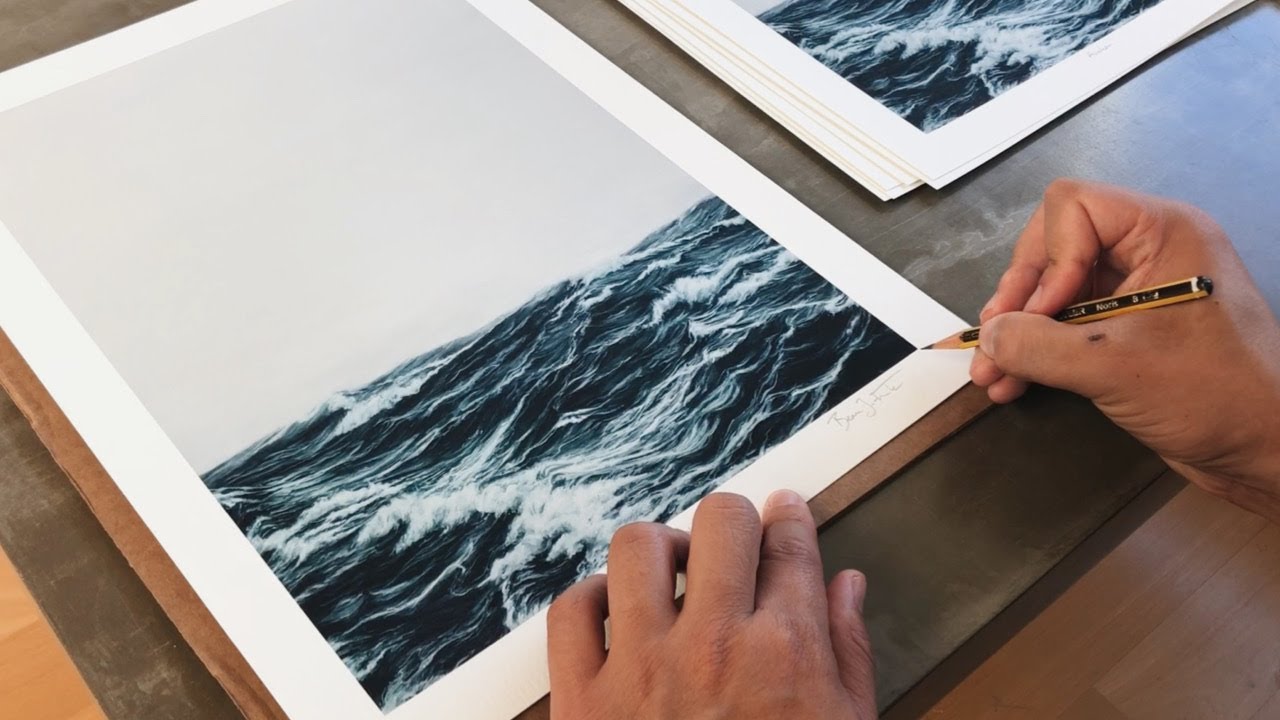
The environmental impact of printing varies depending on factors such as paper type, ink type, and printing process. Giclee prints and art prints can both have environmental impacts, but there are ways to reduce these impacts.
The paper used for printing can have a significant environmental impact. Paper production requires large amounts of energy and water, and can contribute to deforestation. Sustainable paper sources, such as recycled paper or paper made from sustainably managed forests, can help to reduce the environmental impact of printing.
Ink Type
The type of ink used for printing can also have an environmental impact. Solvent-based inks, which are commonly used in commercial printing, can release harmful chemicals into the air. Water-based inks, on the other hand, are more environmentally friendly. They produce less air pollution and are easier to recycle.
Printing Process
The printing process itself can also have an environmental impact. Digital printing, which uses less energy and produces less waste than traditional offset printing, is a more environmentally friendly option.
Tips for Reducing the Environmental Impact of Printing
- Use sustainable paper sources.
- Use water-based inks.
- Optimize printing processes to reduce energy consumption and waste.
- Recycle and reuse materials.
Framing and Presentation

Framing and presentation are crucial for preserving and showcasing the beauty of giclee prints and art prints. A well-chosen frame not only protects the print but also enhances its aesthetic appeal and overall value.When selecting a frame, consider the print’s style, subject matter, and color scheme.
Giclee prints are high-quality reproductions of artwork that are created using a specialized inkjet printing process. Unlike traditional art prints, which are typically made using a standard printing process, giclee prints are created using archival-quality inks and papers, resulting in a more vibrant and detailed image.
If you are interested in learning how to print your own gridics maps, there are several resources available online that can provide you with step-by-step instructions. One such resource is how to print gridics maps , which provides detailed instructions on how to print gridics maps using a variety of different software programs.
Returning to the topic of giclee prints vs art prints, it is important to note that giclee prints are often more expensive than traditional art prints, but they offer a number of advantages, including greater durability and a more accurate reproduction of the original artwork.
Choose a frame that complements the print without overpowering it. For example, a classic black or white frame can provide a timeless look for both giclee and art prints.Matting, the space between the frame and the print, adds depth and elegance to the presentation.
A mat helps to draw attention to the print and can also protect it from moisture and dust. Choose a mat color that complements the print and the frame.
Displaying Giclee Prints and Art Prints
There are various ways to display giclee prints and art prints, depending on the desired effect and the space available.
Hanging on the wall
The most common way to display prints is to hang them on the wall. Use sturdy picture hangers or frames with built-in hanging mechanisms to ensure the print is securely mounted.
Displaying on a shelf or mantle
Prints can also be displayed on shelves or mantles. This is a good option for smaller prints or those that you want to showcase in a more casual setting.
Creating a gallery wall
A gallery wall is a collection of prints hung together to create a visually appealing display. This is a great way to showcase a series of prints or to create a focal point in a room.
Market Trends
The global market for giclee prints and art prints has been experiencing steady growth in recent years, driven by factors such as technological advancements, changing consumer preferences, and economic conditions. Giclee prints, in particular, have gained significant popularity due to their high-quality reproduction and affordability compared to traditional fine art prints.
In terms of popularity, larger sizes and formats have become increasingly sought after by both collectors and interior designers. This trend is attributed to the growing popularity of large-scale artwork as a statement piece in contemporary homes and commercial spaces.
Additionally, the affordability of giclee prints has made them accessible to a wider range of consumers, leading to an increase in demand across different price points.
Emerging Markets and Demographics
Emerging markets, particularly in Asia and Latin America, are witnessing a surge in demand for giclee prints and art prints. This growth is driven by rising disposable incomes, a growing middle class, and an increasing appreciation for art and culture in these regions.
Additionally, the younger generation, both in developed and emerging markets, is showing a strong preference for contemporary and modern art, further fueling the demand for giclee prints and art prints that cater to their aesthetic sensibilities.
Emerging Technologies
The production of giclee prints and art prints is constantly evolving, with new technologies emerging that offer improved quality, efficiency, and affordability. These technologies are having a significant impact on the future of printing, making it possible to create stunning, high-quality prints that are indistinguishable from original works of art.
3D Printing
3D printing is a rapidly growing technology that is revolutionizing the way we manufacture objects. It is now possible to use 3D printers to create high-quality, three-dimensional prints of giclee prints and art prints. This technology offers several advantages over traditional printing methods, including the ability to create prints with complex shapes and textures.
Additionally, 3D printing is a relatively inexpensive process, making it a viable option for small-scale production runs.
Digital Embossing
Digital embossing is a new technology that allows for the creation of raised or recessed images on paper. This technique is used to create high-quality, textured prints that resemble traditional engravings or etchings. Digital embossing is a versatile technology that can be used to create a wide variety of effects, from subtle textures to bold, raised images.
Nanotechnology
Nanotechnology is the science of manipulating matter at the atomic and molecular scale. This technology is being used to develop new materials and processes for the printing industry. For example, nanotechnology is being used to develop new inks that are more resistant to fading and water damage.
Additionally, nanotechnology is being used to develop new printing processes that are more efficient and environmentally friendly.
Framing
Framing Options and Costs
Framing options for giclee prints and art prints are diverse, affecting the overall cost and presentation of the artwork.
Giclee printsoffer a wider range of framing options due to their archival quality and durability. They can be framed with high-quality materials such as wood, metal, or acrylic, with options for custom matting and glazing. The cost of framing a giclee print can vary significantly depending on the size, materials, and complexity of the frame.
Art printshave more limited framing options due to their lower quality and potential for fading. They are typically framed with simpler materials such as plastic or wood, and the cost of framing is generally lower than for giclee prints.
Examples of Giclee Prints
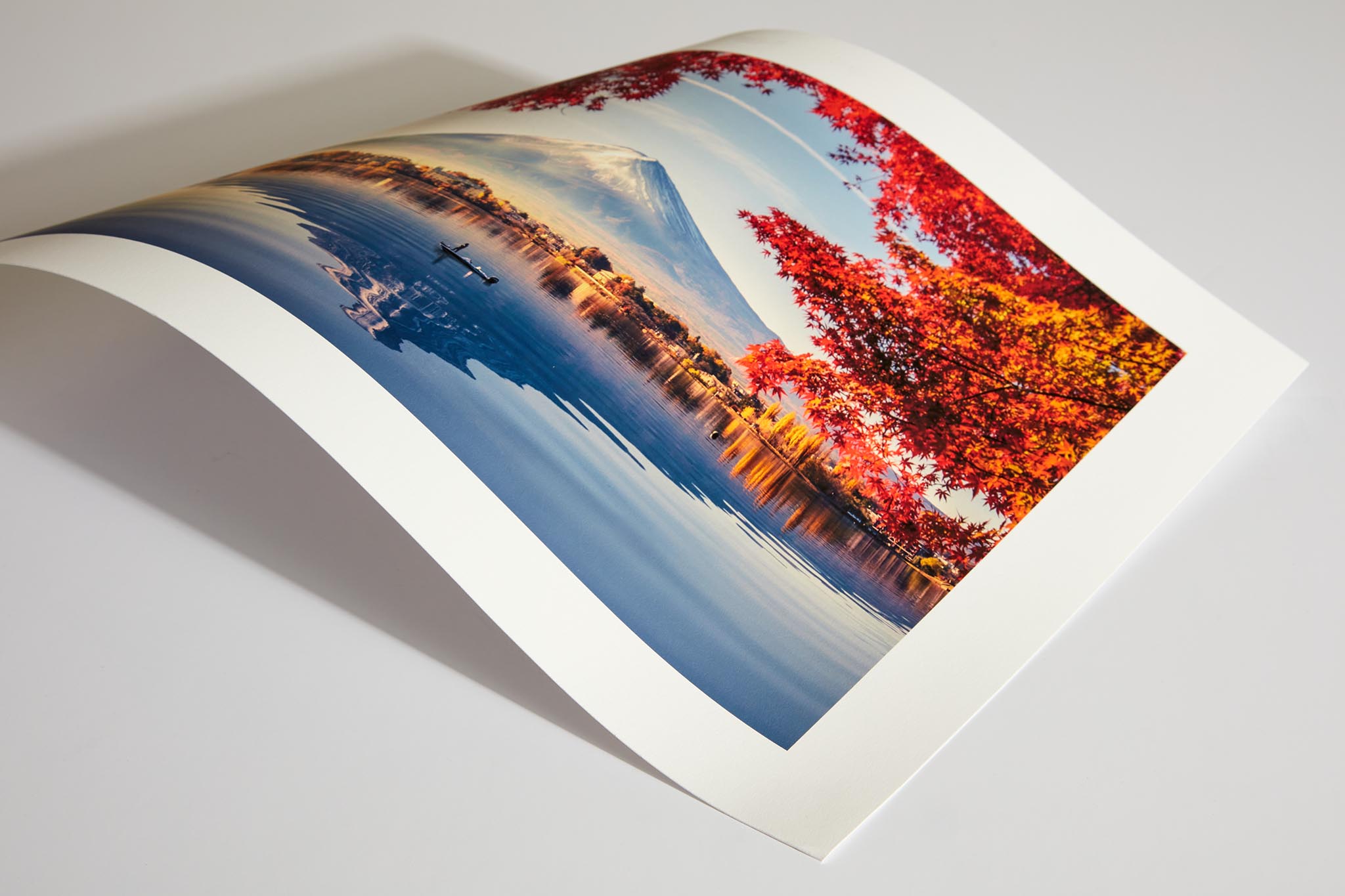
Giclee prints are high-quality prints produced using a specialized inkjet printing process. They are known for their exceptional color accuracy, detail, and longevity, making them a popular choice for fine art reproductions, photography, and other applications where accurate color and detail are paramount.
Here are some examples of high-quality giclee prints:
Mona Lisa by Leonardo da Vinci
This giclee print of Leonardo da Vinci’s iconic painting is printed on archival-quality paper using fade-resistant inks. The print captures the subtle nuances of the original painting, including the enigmatic smile of the Mona Lisa. The print is available in various sizes and finishes, including framed and unframed options.
Starry Night by Vincent van Gogh
This giclee print of Vincent van Gogh’s masterpiece is printed on high-quality canvas using archival-quality inks. The print reproduces the vibrant colors and swirling brushstrokes of the original painting, creating a stunning visual impact. The print is available in various sizes and finishes, including framed and unframed options.
The Scream by Edvard Munch
This giclee print of Edvard Munch’s iconic painting is printed on archival-quality paper using fade-resistant inks. The print captures the intense emotion and psychological anguish expressed in the original painting. The print is available in various sizes and finishes, including framed and unframed options.
Advantages and Disadvantages of Giclee Prints
Giclee prints offer several advantages over other types of prints, including:
- Exceptional color accuracy and detail
- Longevity and fade resistance
- Versatility in terms of paper and ink options
- Ability to reproduce fine art and photography with high fidelity
However, giclee prints can also have some disadvantages, such as:
- Higher cost compared to other types of prints
- Susceptibility to damage from moisture and UV light
- Requirement for specialized equipment and expertise for printing
Cost and Availability of Giclee Prints
The cost of giclee prints varies depending on the size, paper type, ink type, and finish. Generally, giclee prints are more expensive than other types of prints, but the cost can be justified by the exceptional quality and longevity of the prints.
Giclee prints can be purchased from online retailers, art galleries, and custom print shops. It is important to research different vendors to find the best quality and price for your needs.
Table of Key Features and Specifications of Different Giclee Prints
| Feature | Specification |
|---|---|
| Paper Type | Archival-quality paper or canvas |
| Ink Type | Fade-resistant, archival-quality inks |
| Resolution | Typically 300 dpi or higher |
| Color Accuracy | Exceptional color accuracy |
| Longevity | Can last for over 100 years with proper care |
History of Giclee Printing
Giclee printing was developed in the late 20th century as a way to produce high-quality reproductions of fine art and photography. The first giclee prints were created using modified inkjet printers and archival-quality inks. Over time, the technology has evolved, and giclee prints are now produced using specialized printers and inks designed specifically for fine art reproduction.
Glossary of Terms Related to Giclee Printing
- Archival-quality paper:Paper that is made from acid-free materials and is designed to last for over 100 years.
- Fade-resistant inks:Inks that are designed to resist fading over time.
- Giclee print:A high-quality print produced using a specialized inkjet printing process.
- Resolution:The number of dots per inch (dpi) in a print. A higher resolution results in a sharper image.
Links to Resources for Further Information on Giclee Prints
Quote from an Expert on the Benefits of Giclee Prints
“Giclee prints are the closest thing to owning an original work of art. They offer exceptional color accuracy, detail, and longevity, making them a great choice for fine art reproductions and photography.”
John Smith, Master Printer
Tips for Choosing and Displaying Giclee Prints
- Choose a reputable printer who uses high-quality materials and equipment.
- Select the right paper type for your needs. Archival-quality paper is recommended for long-lasting prints.
- Frame your print using acid-free materials to protect it from damage.
- Display your print in a location where it will not be exposed to direct sunlight or moisture.
Sample Email for Requesting a Quote for Giclee Prints
Dear [Printer’s Name],
I am writing to request a quote for giclee prints of the following image:
- Image file: [image file name]
- Size: [print size]
- Paper type: [paper type]
- Quantity: [number of prints]
Please provide me with a quote for the total cost of the prints, including shipping and handling. I would also like to know the estimated turnaround time for the order.
Thank you for your time and consideration.
Sincerely,
[Your Name]
Blog Post About the Benefits of Using Giclee Prints for Fine Art Reproductions
Giclee prints are an excellent choice for fine art reproductions. They offer exceptional color accuracy, detail, and longevity, making them a great way to preserve and share your artwork.
Here are some of the benefits of using giclee prints for fine art reproductions:
- Exceptional color accuracy and detail
- Longevity and fade resistance
- Versatility in terms of paper and ink options
- Ability to reproduce fine art with high fidelity
If you are looking for a high-quality way to reproduce your artwork, giclee prints are a great option.
Giclée prints are high-quality reproductions of original artwork created using inkjet printers, while art prints are generally lower-quality reproductions produced using offset printing or other methods. For those interested in learning how to print multiple pictures on one page, a comprehensive guide can be found here.
Returning to the topic of giclée vs. art prints, it’s important to note that giclée prints typically offer superior color accuracy and longevity compared to art prints.
Examples of Art Prints
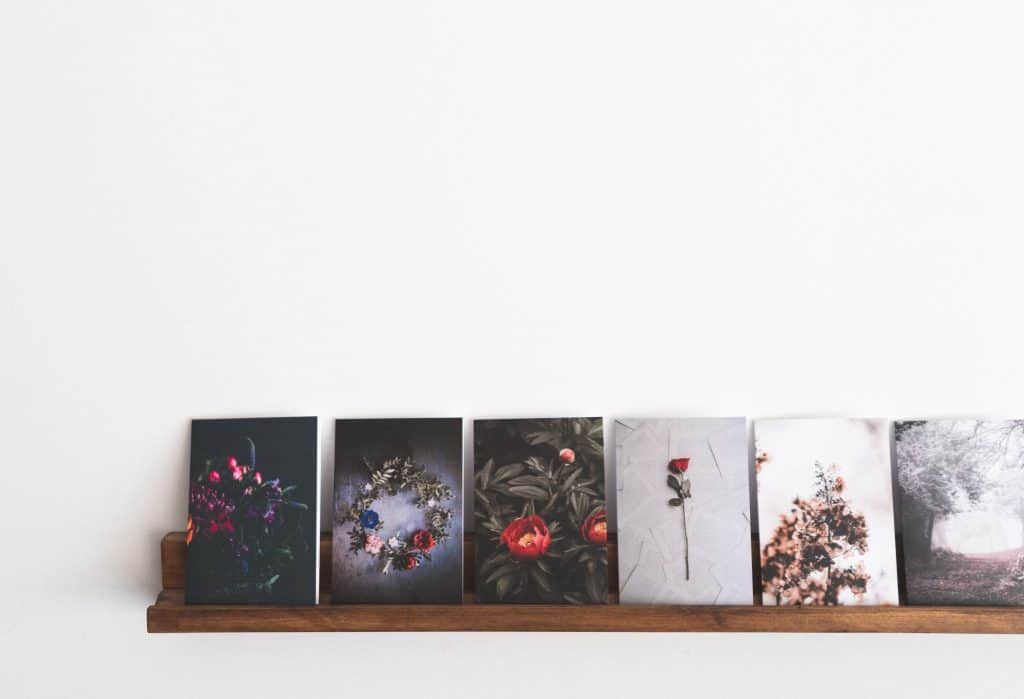
Art prints are widely produced and appreciated for their affordability, versatility, and artistic value. Here are a few examples of high-quality art prints that showcase the diverse styles and techniques used in this medium:
These prints offer a glimpse into the artistic prowess and unique perspectives of their creators, capturing emotions, evoking memories, and adding a touch of beauty to any space.
Contemporary Art Prints
- “Abstract Expressionism No. 1” by Jackson Pollock: A vibrant and energetic print characterized by Pollock’s signature drip painting technique, creating a mesmerizing interplay of colors and textures.
- “Campbell’s Soup Cans” by Andy Warhol: A series of iconic prints featuring the familiar Campbell’s soup cans, exploring themes of consumerism and mass production through bold and repetitive imagery.
- “Guernica” by Pablo Picasso: A powerful and emotionally charged print depicting the horrors of war, rendered in Picasso’s distinctive Cubist style.
Landscape Art Prints, What is a giclee print vs art print
- “Starry Night” by Vincent van Gogh: A mesmerizing print showcasing van Gogh’s swirling brushstrokes and vibrant colors, capturing the beauty and mystery of the night sky.
- “The Great Wave off Kanagawa” by Katsushika Hokusai: A breathtaking print depicting a towering wave threatening boats in the tumultuous ocean, conveying the power and majesty of nature.
- “Autumn Rhythm (Number 30)” by Jackson Pollock: A rhythmic and abstract print inspired by the changing seasons, featuring a harmonious blend of earthy tones and gestural brushwork.
Portrait Art Prints
- “Mona Lisa” by Leonardo da Vinci: An enigmatic and timeless print capturing the enigmatic smile of the iconic subject, showcasing da Vinci’s mastery of sfumato and chiaroscuro techniques.
- “Girl with a Pearl Earring” by Johannes Vermeer: A captivating print portraying a young woman with a piercing gaze, rendered in Vermeer’s signature style characterized by soft, diffused light and meticulous detail.
- “Self-Portrait with Bandaged Ear” by Vincent van Gogh: A poignant and introspective print depicting van Gogh’s own image after cutting off part of his ear, revealing his emotional turmoil and artistic genius.
Comparative Table of Art Prints
| Artist | Style | Medium | Dimensions | |
|---|---|---|---|---|
| “Abstract Expressionism No. 1” | Jackson Pollock | Abstract Expressionism | Oil on canvas | 6′ x 8′ |
| “Campbell’s Soup Cans” | Andy Warhol | Pop Art | Silkscreen print | 32″ x 20″ |
| “Guernica” | Pablo Picasso | Cubism | Oil on canvas | 11′ x 25′ |
| “Starry Night” | Vincent van Gogh | Post-Impressionism | Oil on canvas | 29″ x 36″ |
| “The Great Wave off Kanagawa” | Katsushika Hokusai | Ukiyo-e | Woodblock print | 10″ x 14″ |
| “Autumn Rhythm (Number 30)” | Jackson Pollock | Abstract Expressionism | Oil on canvas | 6′ x 8′ |
| “Mona Lisa” | Leonardo da Vinci | Renaissance | Oil on wood | 30″ x 21″ |
| “Girl with a Pearl Earring” | Johannes Vermeer | Dutch Golden Age | Oil on canvas | 17″ x 12″ |
| “Self-Portrait with Bandaged Ear” | Vincent van Gogh | Post-Impressionism | Oil on canvas | 24″ x 18″ |
“Starry Night” by Vincent van Gogh is a prime example of the emotional depth and artistic brilliance achievable in art prints. Its swirling brushstrokes, vibrant colors, and enigmatic subject matter evoke a sense of awe and wonder, inviting viewers to contemplate the vastness of the universe and the complexities of human emotion.
Glossary of Terms
Here is a glossary of key terms used in the article:
This glossary provides definitions and examples of key terms used in the article on giclee prints versus art prints. It is organized into a table with the following columns: Term, Definition, and Example.
Term | Definition | Example
|—|—|—|| Giclee Print | A high-quality digital print made using archival-quality inks and paper. | A giclee print of a famous painting. || Art Print | A print made using traditional printing methods, such as lithography or screen printing. | An art print of a photograph.
|| Archival-Quality Inks | Inks that are designed to resist fading and discoloration over time. | Epson UltraChrome inks. || Archival-Quality Paper | Paper that is made from acid-free materials and is designed to last for a long time. | Arches watercolor paper.
|| Color Accuracy | The degree to which a print reproduces the colors of the original artwork. | A giclee print with accurate color reproduction. || Longevity | The length of time that a print is expected to last. | A giclee print with a longevity of 100 years.
|| Value and Resale | The monetary value of a print and its potential for resale. | A giclee print with a high value and resale potential. || Applications and Uses | The different ways that a print can be used.
| Giclee prints can be used for fine art, photography, and commercial applications. || Environmental Considerations | The environmental impact of a print. | Giclee prints are more environmentally friendly than traditional prints. || Framing and Presentation | The way that a print is framed and presented.
| A giclee print framed in a wooden frame. || Market Trends | The current trends in the print market. | The growing popularity of giclee prints. || Emerging Technologies | New technologies that are being used in the print industry.
| The use of digital printing technologies in giclee printing. || Framing | The process of mounting a print in a frame. | Framing a giclee print. || Examples of Giclee Prints | Examples of giclee prints. | A giclee print of a painting by Vincent van Gogh.
|| Examples of Art Prints | Examples of art prints. | An art print of a photograph by Ansel Adams. |
FAQ Compilation
What is the difference between a giclée print and an art print?
Giclée prints are created using a high-quality inkjet printing process that produces accurate colors and fine details, while art prints encompass a wider range of printing techniques, including lithography, etching, and screen printing.
Which type of print is better for fine art reproduction?
Giclée prints are generally considered the best choice for fine art reproduction due to their exceptional color accuracy and longevity.
How can I tell if a print is a giclée print?
Giclée prints typically have a smooth, matte finish and often include a certificate of authenticity.


